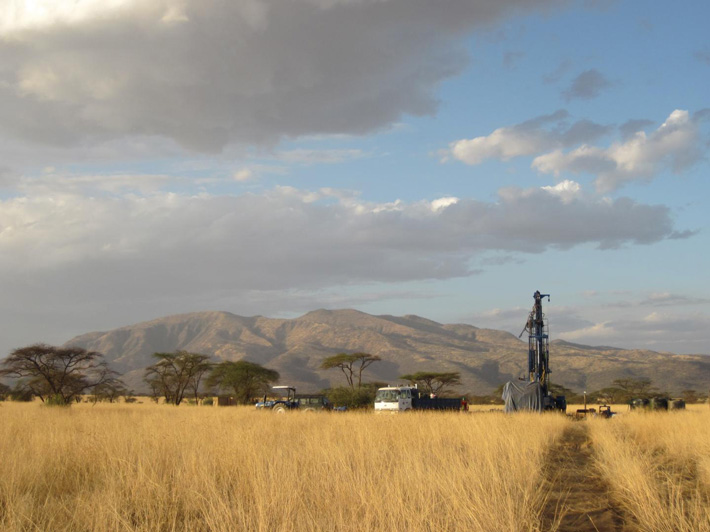
Microscope image of Iron Age oak twig from Tell Tayinat in Hatay, Turkey.
Credit: Brita Lorentzen
Credit: Brita Lorentzen
An examination of two documented periods of climate change in the greater Middle East, between approximately 4,500 and 3,000 years ago, reveals local evidence of resilience and even of a flourishing ancient society despite the changes in climate seen in the larger region.
A new study led by University of Toronto and Cornell University archaeologists working at Tell Tayinat in southeastern Turkey, demonstrates that human responses to climate change are variable and must be examined using extensive and precise data gathered at the local level. The study highlights how challenge and collapse in some areas were matched by resilience and opportunities elsewhere.
Read the rest of this article...



